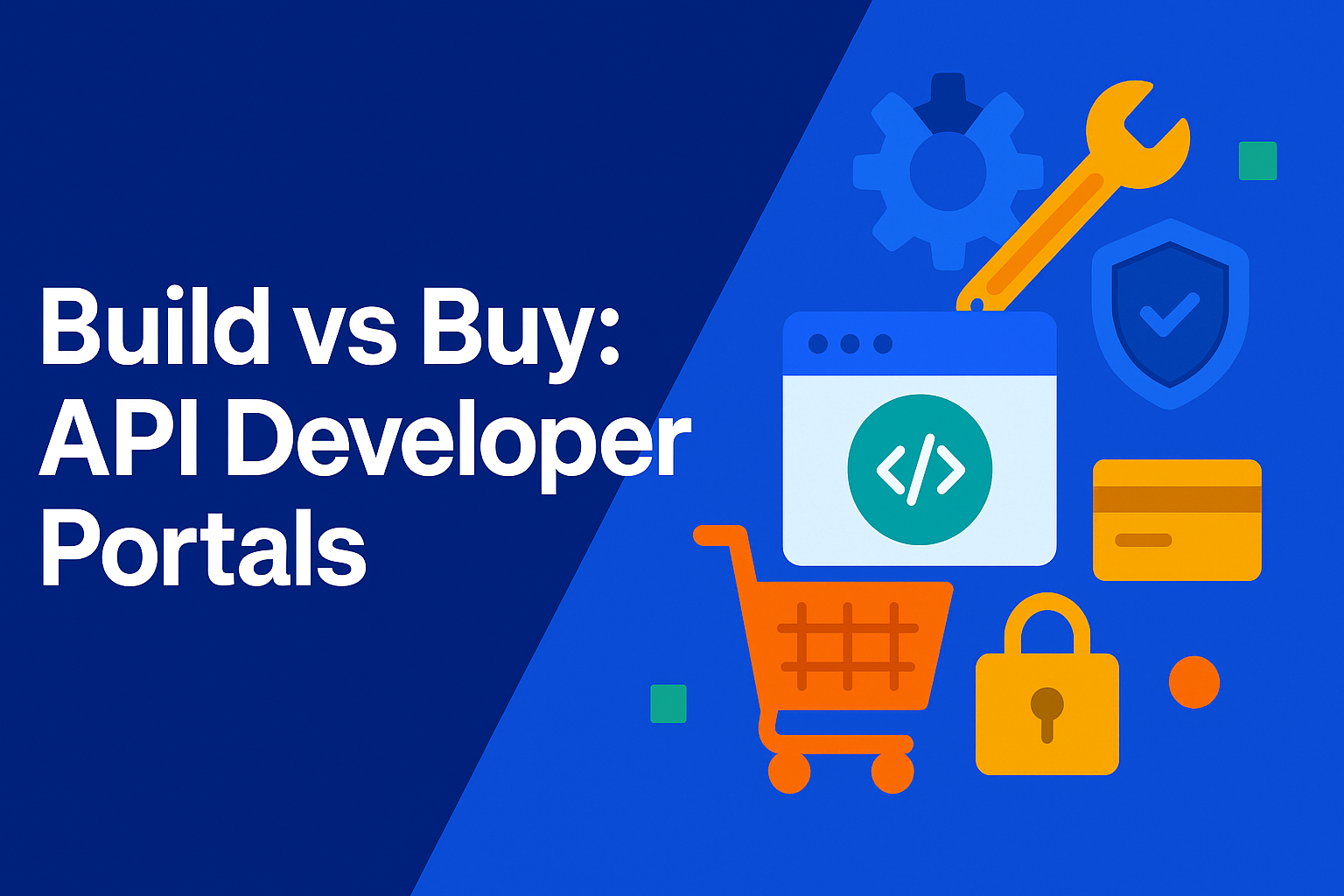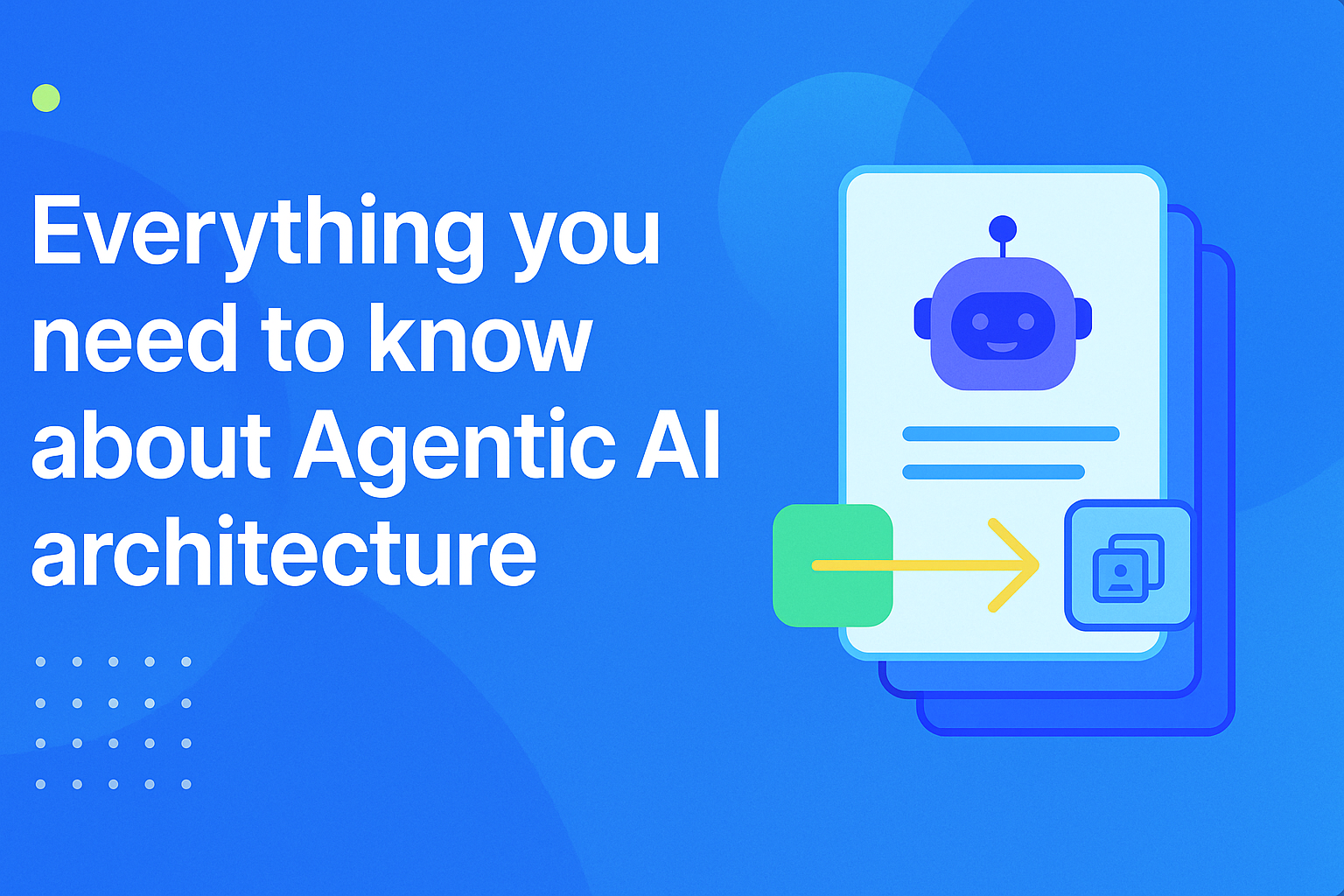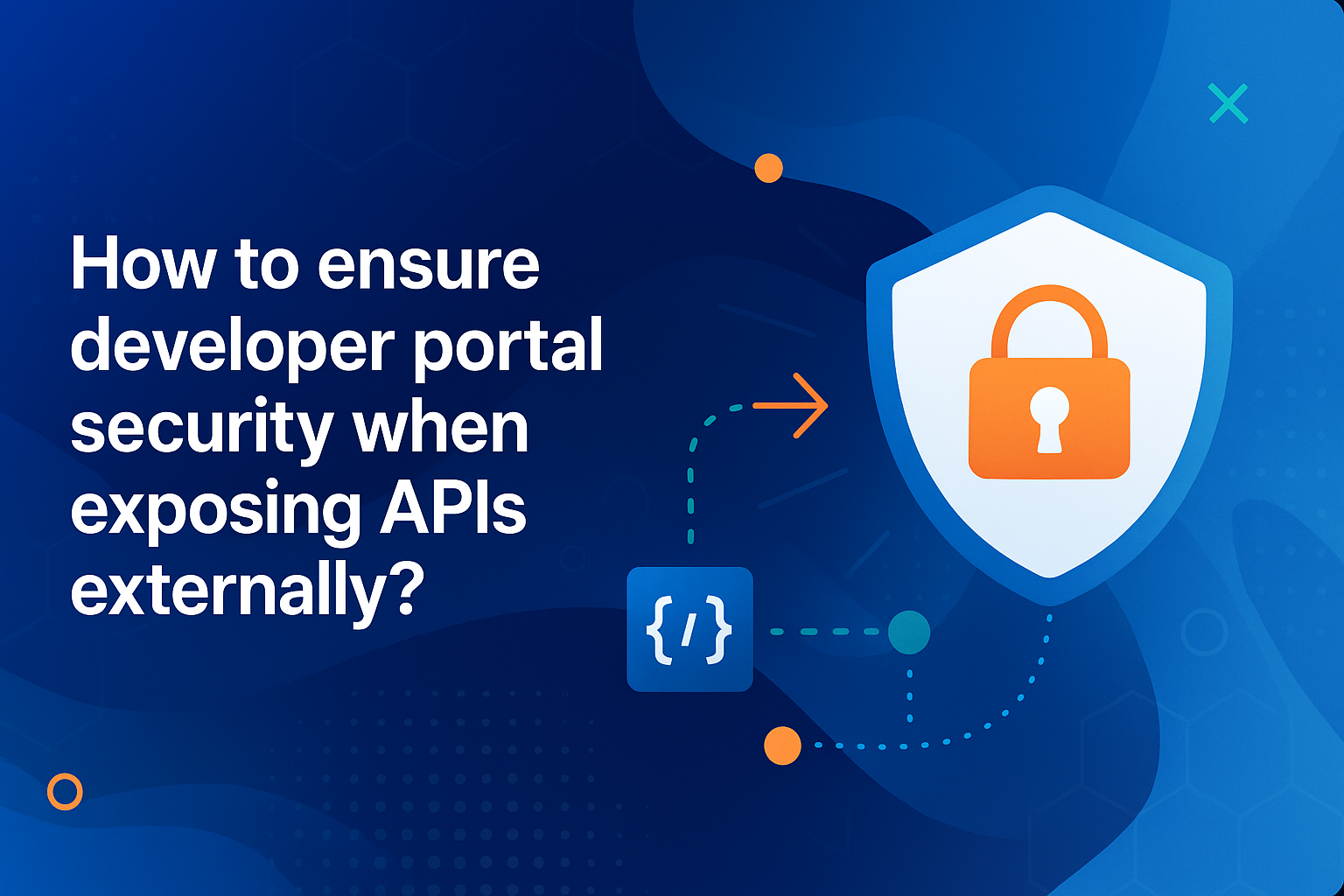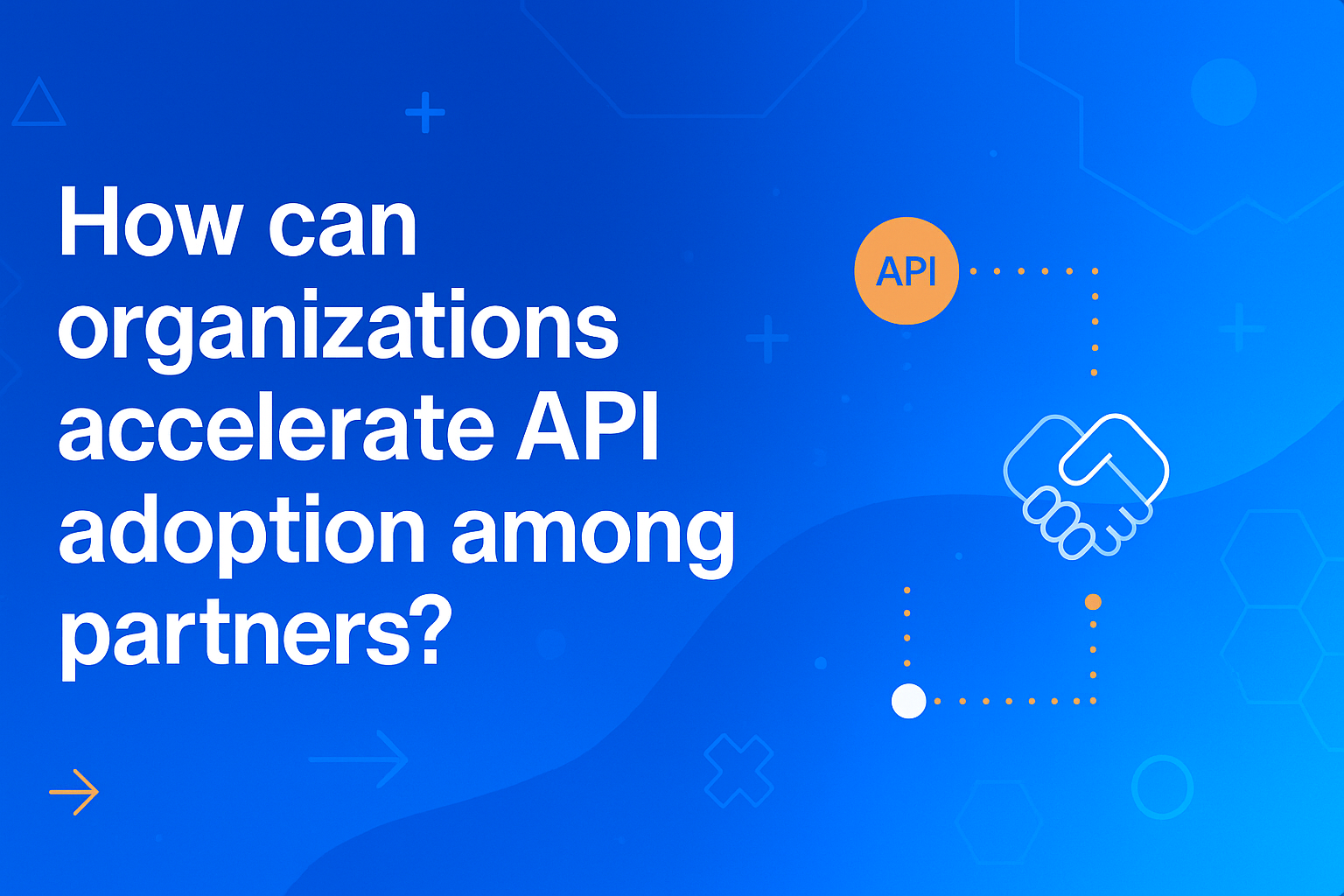
An API portal isn’t just a place to host documentation; it’s the foundation for discoverability, onboarding, and adoption. As organisations grow their API landscape, one key question inevitably arises: Should you build your API portal in-house or buy a ready-made solution? The answer isn’t always obvious. It depends on your team’s speed, budget, customisation needs, and integration complexity.
In this blog, we break down the trade-offs between building and buying, helping you decide which approach best fits your API maturity. From early-stage teams looking to move fast, to large enterprises needing deep integrations and governance, we explore practical considerations to guide your decision, so you don’t just ship APIs, but actually enable their successful use at scale.
Why does your API portal matter more than you think?
Most teams think of API portals as documentation hubs. But in reality, they’re the frontlines of your API strategy. A good portal doesn’t just inform, it enables discovery, onboarding, governance, and monetisation.
- Front door to your API ecosystem: Your portal is often the first interaction a developer has with your APIs. If it’s hard to navigate or incomplete, it creates friction before anyone even makes a call.
- Discoverability drives adoption: You can’t use what you can’t find. A structured, searchable catalogue helps internal teams and partners identify valuable APIs quickly, especially when your estate spans multiple gateways or domains.
- Accelerates onboarding with context: Portals that offer use cases, sample requests, and integrated sandboxes shorten the time from discovery to first successful call, crucial for developer productivity and satisfaction.
- Reinforces governance and consistency: Portals help enforce versioning, security policies, and naming conventions. This ensures your APIs remain compliant and consistent across business units, reducing fragmentation.
- Supports internal and external audiences: An effective portal can serve multiple personas—internal engineers, external partners, fintechs—each with tailored access, docs, and workflows.
- Enables monetisation and partner scale: For open or partner-facing APIs, your portal becomes a storefront. Features like subscription flows, analytics, and SLA visibility enable revenue generation and ecosystem growth.
- Reduces support overhead: Clear documentation, FAQs, and self-serve tools in your portal significantly reduce repetitive support queries—freeing up your engineering teams for higher-value work.
The build vs. Buy debate: Core tradeoffs
Choosing between building your own API portal or buying a ready-made one comes down to speed, control, and long-term cost. There’s no universally right answer—only what aligns with your API maturity and team capacity. Here's how the two approaches compare across key dimensions:
How to decide based on API program maturity?
Your API portal requirements shift dramatically as your API program evolves. What you need at the early stage is very different from what’s required when you’re onboarding partners or monetising APIs. Here’s a step-by-step breakdown based on your maturity level:
1. Early-Stage: Just getting started
At this stage, the priority is speed and simplicity. You’re likely launching internal APIs or testing external exposure. Buying a pre-built or open-source portal is the fastest path to getting started. Focus on discoverability, basic documentation, and onboarding flows that help teams move quickly without investing in custom infrastructure.
2. Growth Stage: Expanding internal adoption
As your internal teams and API surface area grow, governance and consistency become more important. A hybrid approach works well—use an existing platform, but start customising workflows, tagging, and access management. This is where teams often realise they need better cataloguing and version control across units.
3. Partner-Facing: Opening to external users
Once APIs are exposed to partners or third parties, your portal must offer fine-grained access control, sandbox environments, clear onboarding journeys, and usage analytics. Off-the-shelf platforms with robust extension options can save significant time here, while still offering enough flexibility to match external branding and compliance needs.
4. Platform-Led: APIs as strategic products
At this advanced stage, APIs are tied to monetisation or ecosystem strategies. You may want full control over the developer experience—from authentication and pricing tiers to usage tracking and SLA visibility. This is when building a custom portal (or heavily extending an open-source base) becomes worth the investment.
Key questions to ask before you decide
The right API portal approach depends on more than just budget or preference—it’s about context. Asking the right questions helps uncover what your team truly needs today, and what it will need tomorrow. Here are the critical questions to guide your decision:
1. Who is your primary audience: internal teams, partners, or public developers?
- If internal: A simple portal with strong governance and search may suffice (buy or open-source).
- If external or partner-facing: You’ll need branded onboarding flows, sandbox support, and SLA visibility, lean toward enterprise platforms or custom builds.
2. How many APIs do you manage, and across how many gateways or teams?
- If the estate is small and centralised: Off-the-shelf tools can cover your needs.
- If APIs are spread across teams/gateways: You’ll likely need deeper integration, auto-cataloguing, and duplicate detection; favour extensible or customisable platforms.
3. Do your APIs require monetisation, subscriptions, or rate-limiting?
- If yes: Prioritise portals that support API productisation features out of the box or allow custom monetisation logic—build or enterprise-grade buy.
- If not yet: Keep it lean and upgrade later.
4. How often do your APIs change, and how important is automation?
- Frequent changes: You’ll need CI/CD integration, auto-generated docs, and governance workflows—go for a platform with automation hooks or build one.
- Infrequent changes: Manual processes may work initially—buying a simple solution is fine.
5. What internal systems will the portal need to integrate with?
- If SSO, analytics, billing, or internal approval flows are must-haves: You’ll need deeper integration capabilities—consider building or buying extensible platforms with open APIs.
- If minimal integration: Lighter tools can work, especially at early stages.
Final thoughts
There’s no universal answer to the build vs. buy debate, only what aligns with your current API maturity, team capacity, and long-term platform vision. What’s clear, though, is that your API portal is more than a website. It’s the interface through which your developers, partners, and customers engage with your ecosystem.
If your APIs are fragmented across teams and gateways, or you’re spending too much time maintaining multiple portals, it may be time to rethink the foundation.
At Digital API, we offer a unified developer portal that works across multiple gateways. It supports internal, partner, and public use cases out of the box, with built-in cataloguing, sandboxing, governance, and analytics.
So whether you're launching APIs or scaling them globally, you don’t have to choose between speed and control, you can have both.
You’ve spent years battling your API problem. Give us 60 minutes to show you the solution.
.svg)


%20(1).png)







